The Ao Dai is a Vietnamese traditional outfit, now most commonly worn by women. At the present, nobody can know the original form of the ao dai. In the past, …
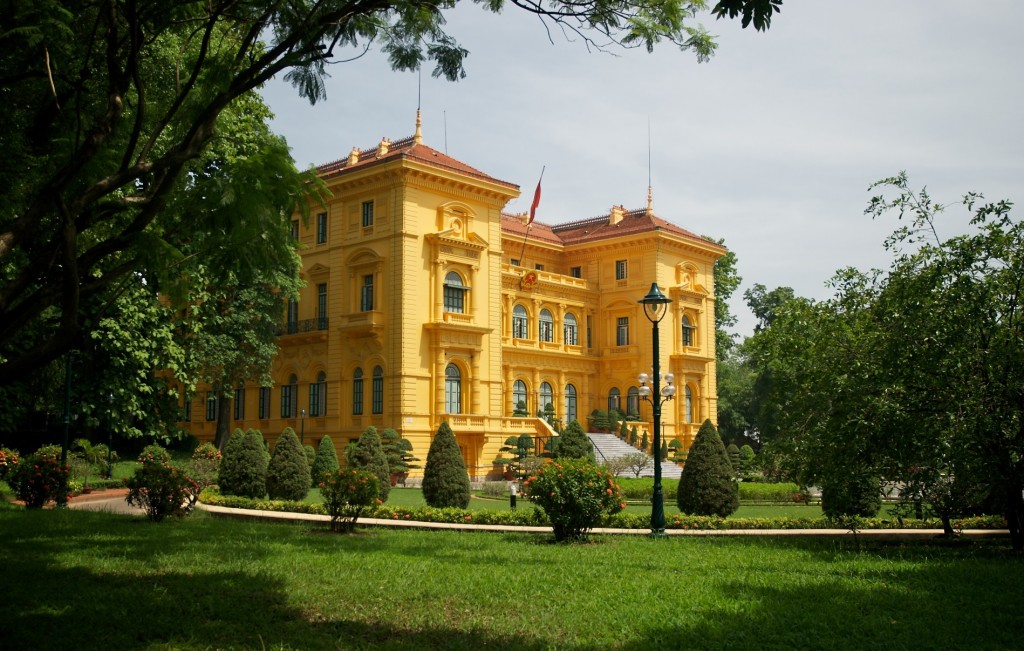
Chosen to be President Ho Chi Minh’s residence and office from May 1958 until his death, a stilt house is located in a large garden at the back of the Presidential Palace is a nice road covered with pebbles and bordered with mango tress accompanied with the omnipresent perfume of jasmine flowers and roses in its site.
There are lots of fruit trees planted in the garden of Uncle Ho’s residence such as the luxuriant fruit tree which was donated to him by southern compatriots in 1954, and two lines of Hai Hung orange trees. Moreover, there are other valuable trees belonging to more than 30 species supplied by the Ministry of Agriculture, the Ministry of Forestry, and several provinces represent the wide variety of trees planted in nationwide. In addition, there are also foreign trees gifted from many foreign countries including Ngan Hoa trees, miniature rose bushes, areca trees from Caribbean, Buddhist bamboo trees, etc. the garden also has a collection of beautiful orchid hang from the trees which blossom all time of year.
The specific reason that made President Ho Chi Minh’s decision to live in a small stilt-house rather than a grand palace is well-known to many people. But this story is worth retelling again and again. Uncle Ho basically never wanted to live in such large houses and convenient living conditions. It was told that he get himself abroad in a very young age, 21 years old, in 1911, to find a suitable way to set his country free from the invaders. During the time when he lived in overseas for about 30 years, he had changed his address frequently.
When he came back to Viet Nam in 1941, he led the revolution against colonial rule and read the country’s historic Declaration of Independence at Ba Dinh Square in Ha Noi on September 2, 1945.
Not long afterwards, the French attempted to reassert control of their former dominion, and Ho Chi Minh and his generals were forced into the north-western mountains. During the resistance war of 1946-54, Uncle Ho reverted to his nomadic ways, for the only means of avoiding detection and capture was to live life constantly on the run. He moved from one hide-out to another several times a month, and only lived in stilt-houses.
When the war was won in 1954, the Party, Government and Ho Chi Minh came back to Ha Noi. But Uncle Ho eschewed the trappings of authority. A true egalitarian, he chose to live a simple life: he wore brown cotton garments and rubber sandals made from car tyres, and lived in a worker’s cottage out the back of the Presidential Palace.
In 1958, when President Ho Chi Minh was making a trip to visit the former resistance base in the North-west, he recognized some of the stilt-houses which are same as the ones that he spent the war years. He later expressed his desire to have a stilt-house in the ground of the Presidential Palace when he came back to the capital. Army Barracks, the architect was chosen by the Party, received a duty to design the house for Uncle Ho. However, he was commanded to submit his plans to Uncle ho for comment before work began.
The initial design had three rooms, including a toilet. But Uncle Ho wanted the house to remain faithful to the real thing. “The stilt-house must have only one or two rooms, small rooms at that, and definitely no toilet,” he said. The architect amended the designs, and the stilt-house that Ho Chi Minh moved into on May 17, 1958, had two rooms of just 10sq.m each. He lived and worked there for the remaining 11 years of his life.
Today, the stilt-house and its furnishings have been preserved must as they were in the 1960s. In the area under the house, Ho Chi Minh would receive visitors and meet members of the Political Bureau. In the centre of the floor is a long table, with wooden and bamboo chairs around it. Uncle Ho used a rattan armchair in the left-hand corner to sit and read, or rest. In another corner are three telephones that he used to talk to the Political Bureau, the Operations Department and others, and a steel helmet that he wore during the years of the American War. In the right-hand corner, he kept an aquarium with goldfish to amuse visiting children.
The two rooms of the stilt-house are sparsely furnished. One, the bedroom, contains only a bed and wardrobe. The other, the study, houses a table, chair and bookshelf. His appliances were just the bare necessities: a palm-leaf fan, a brown paper fan, a bamboo mosquito catcher, a little thermos-flask, a bottle of water, a radio-set given by Vietnamese nationals in Thailand, and a small electric fan – a gift from the Communist Party of Japan. A little brass bell used to hang on the door.
In the stilt-house, Uncle Ho received top cadres, children and his close friends. He spent most of his time writing letters, revolutionary articles encouraging “good people, good deeds,” and documents of great historical value on important political tasks such as his 1966 Call against US Imperialism, for National Salvation.
Plants and trees were grown in the area around the stilt-house, as Uncle Ho was a poet with a great love for nature and pet animals. The garden is bordered with hibiscus, and the gate of climbing plants is typical of rural Viet Nam. The front garden is decorated with little bushes of fragrant jasmines and eglantines, while at the rear is a stand of star-fruit trees from the country’s south. Spring sends the garden into a colourful riot of mangoes, white blossoms, and orchids.
Uncle Ho regularly practised martial arts and taichi with the guards in the garden, also the place where he once conducted people singing the famous song Unity, like a real orchestra conductor. In front of the stilt-house is his fish-pond, teeming with fish that he fed with great care. He only had to clap his hands and they came in shoals for food. The house clearly reveals his humility, his erudition and his love of simplicity and nature.
According to the former Prime Minister Pham Van Dong story: “It is not only a landscape, but a way of life. It speaks of a priceless joy that the current civilization seems deprived of, with its polluted mega-cities and cluttered high-rise apartments.”
Nowadays, lots of people come to visit the stilt-house to memorize the life of Uncle Ho and contemplate his simple house. President Ho Chi Minh is apparently a man of sophisticated intellect yet simple pleasures. He created great revolutionary ideas to save the country but a peaceful state in mind.
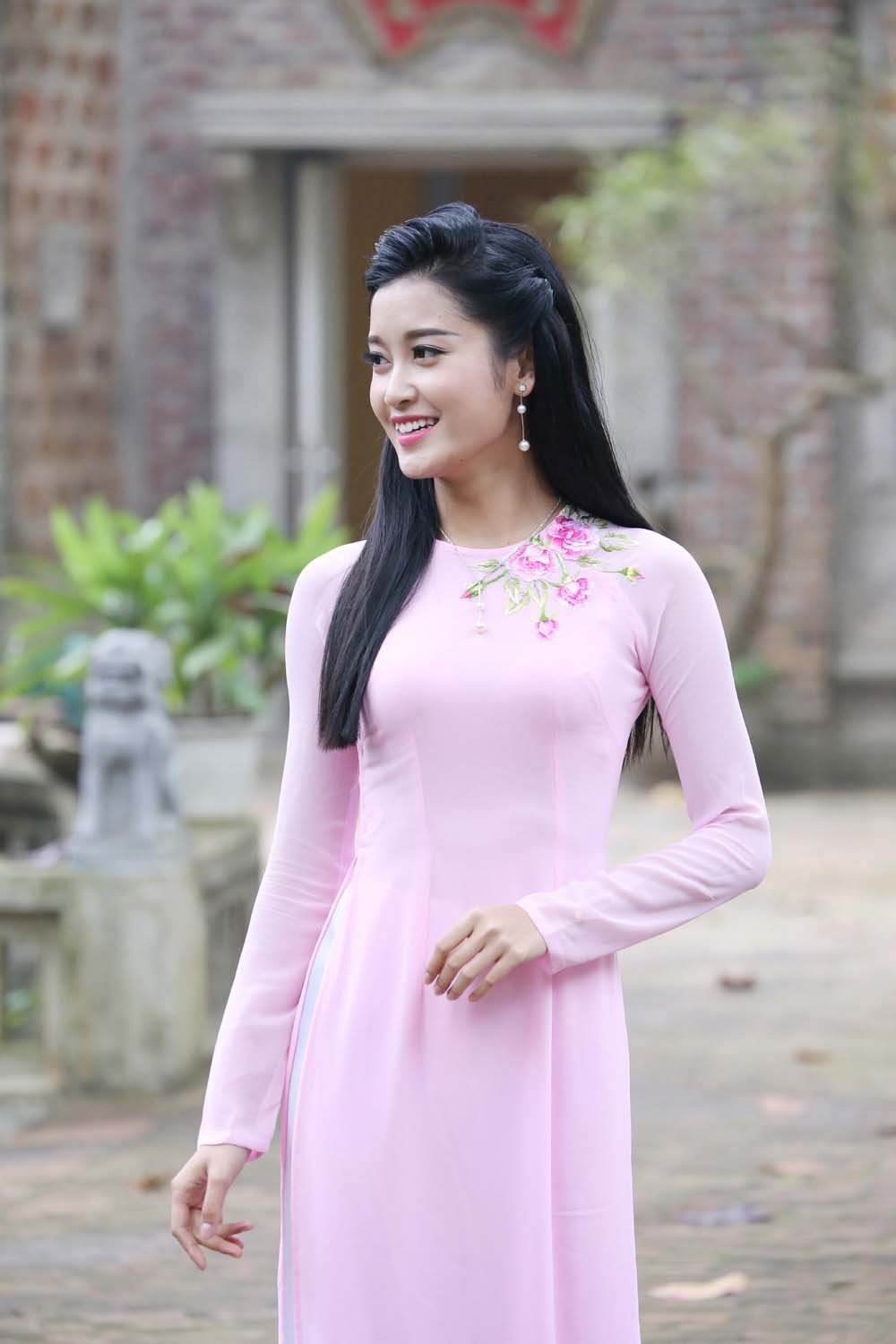
The Ao Dai is a Vietnamese traditional outfit, now most commonly worn by women. At the present, nobody can know the original form of the ao dai. In the past, …
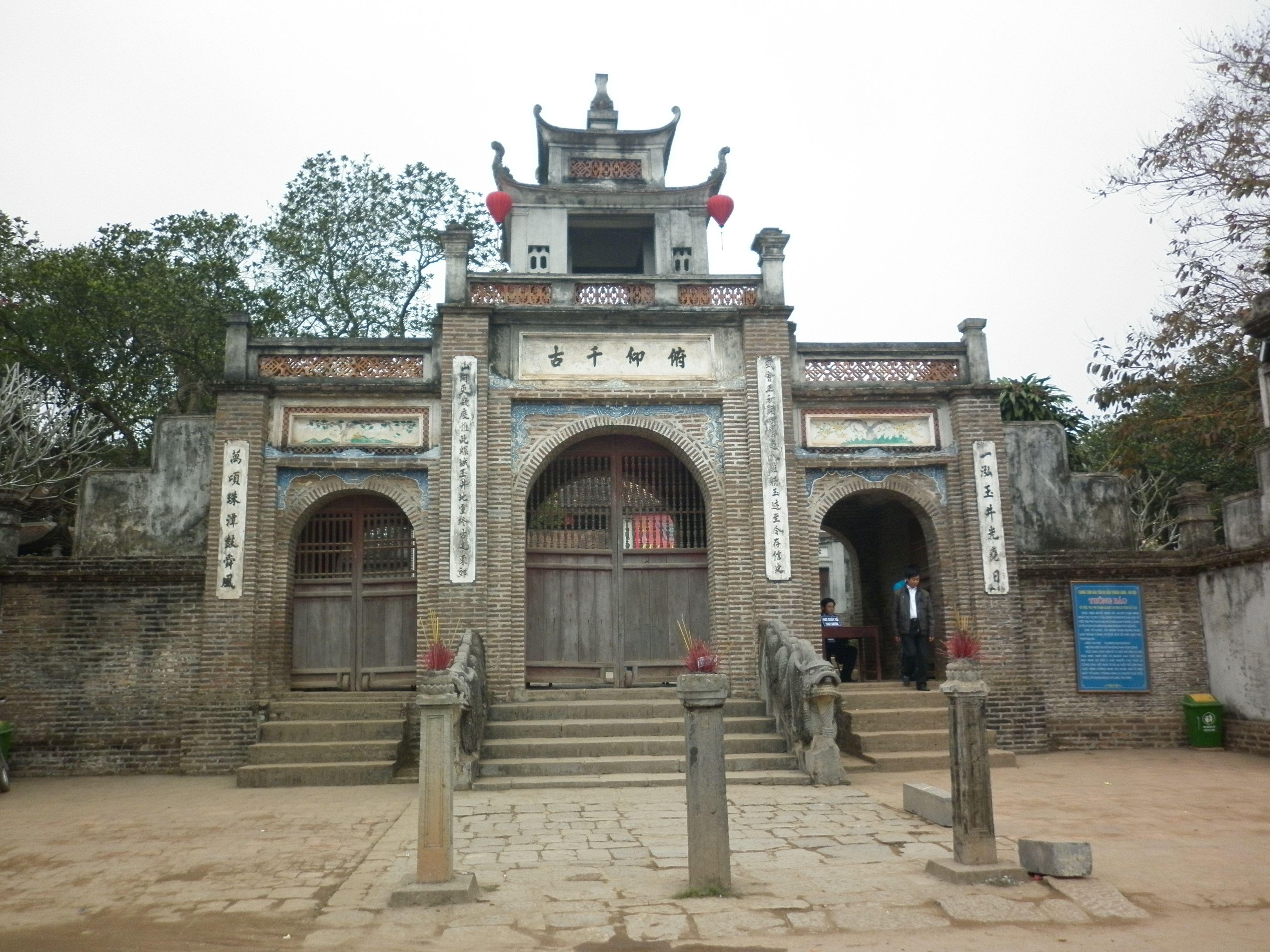
Location: Co Loa is a name of a historical relic which exits throughout thousand years of history. Established from the ancient age, this citadel had enormously become an urban city …
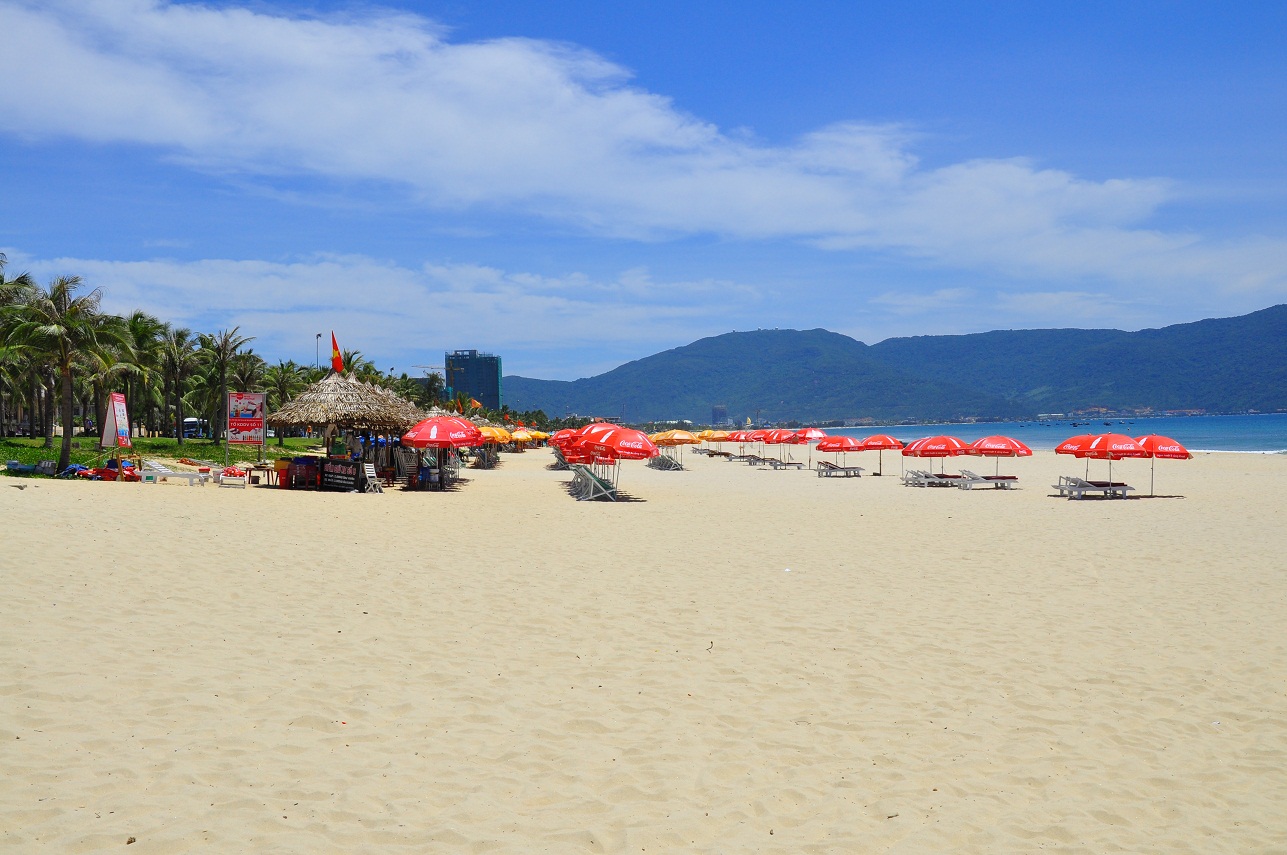
Xuan Thieu beach still remains the same with its smooth sand and blue water. Location: Xuan Thieu beach is in Lien Chieu district, Danang city. It is 3 kilometers South …
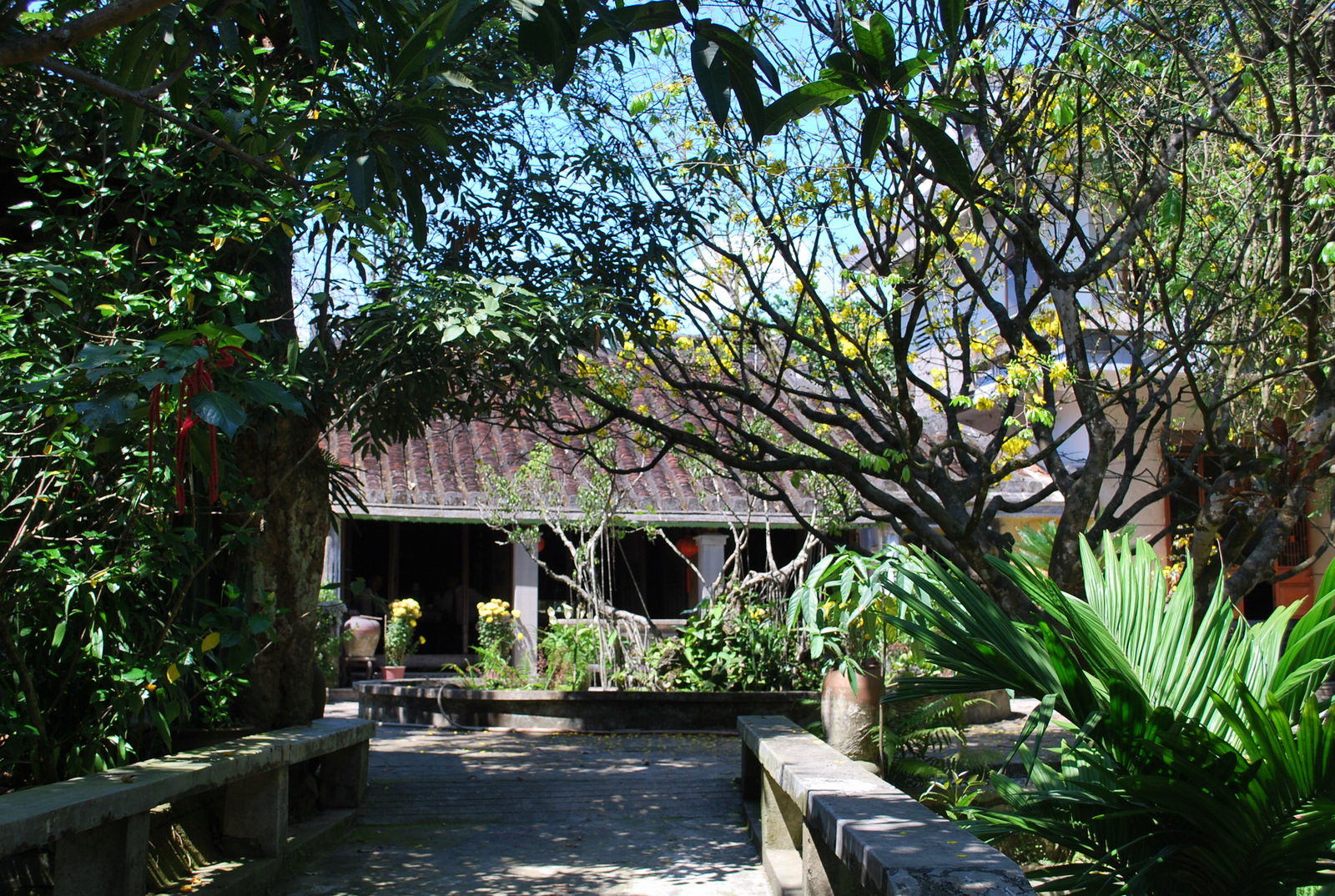
Location: Tuy Loan Communal House is located in Tuy Loan Village, Hoa Phong Commune, Hoa Vang District, Da Nang City. Characteristics: Tuy Loan Communal House was constructed in the late …
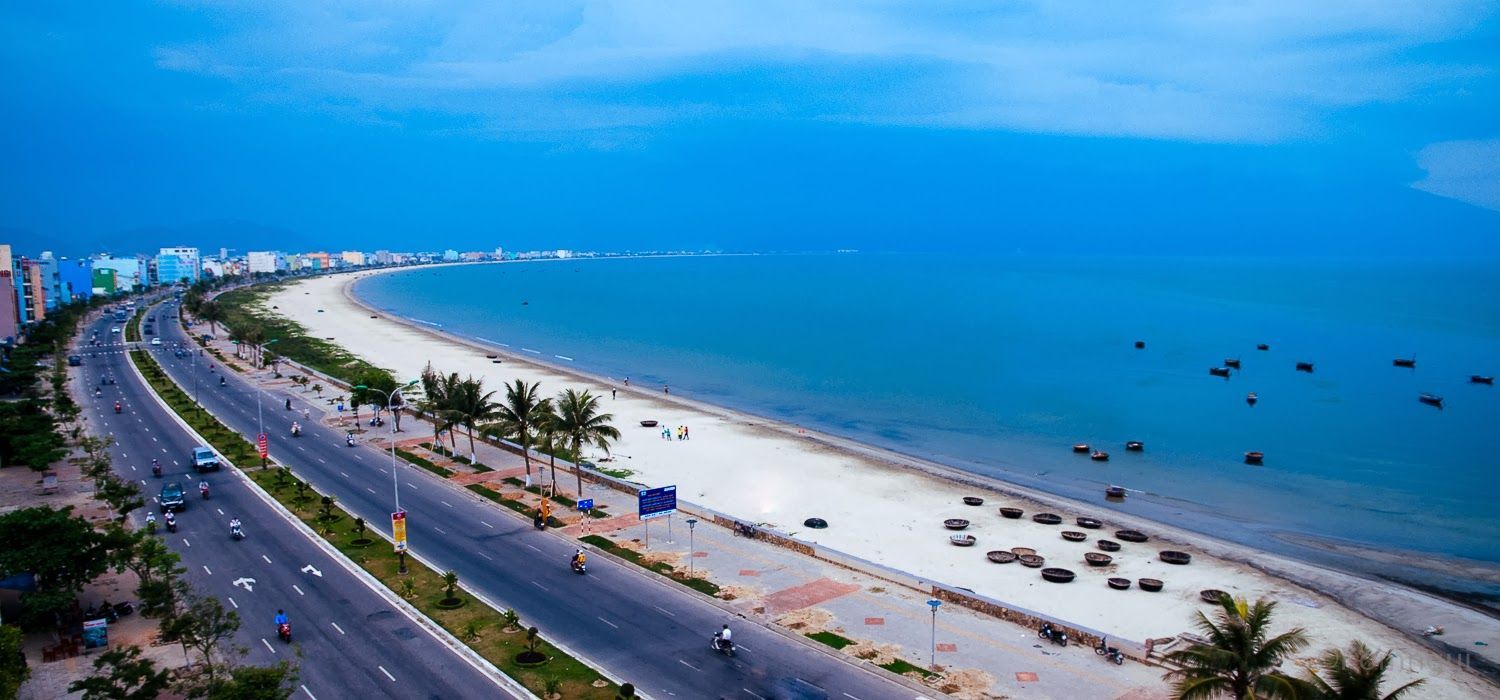
Ham Trung Shrine in Danang city, Vietnam The temple, located in Hoa Hiep Ward of Lien Chieu District, has an antique moss-covered wall stand in front of it. What makes …
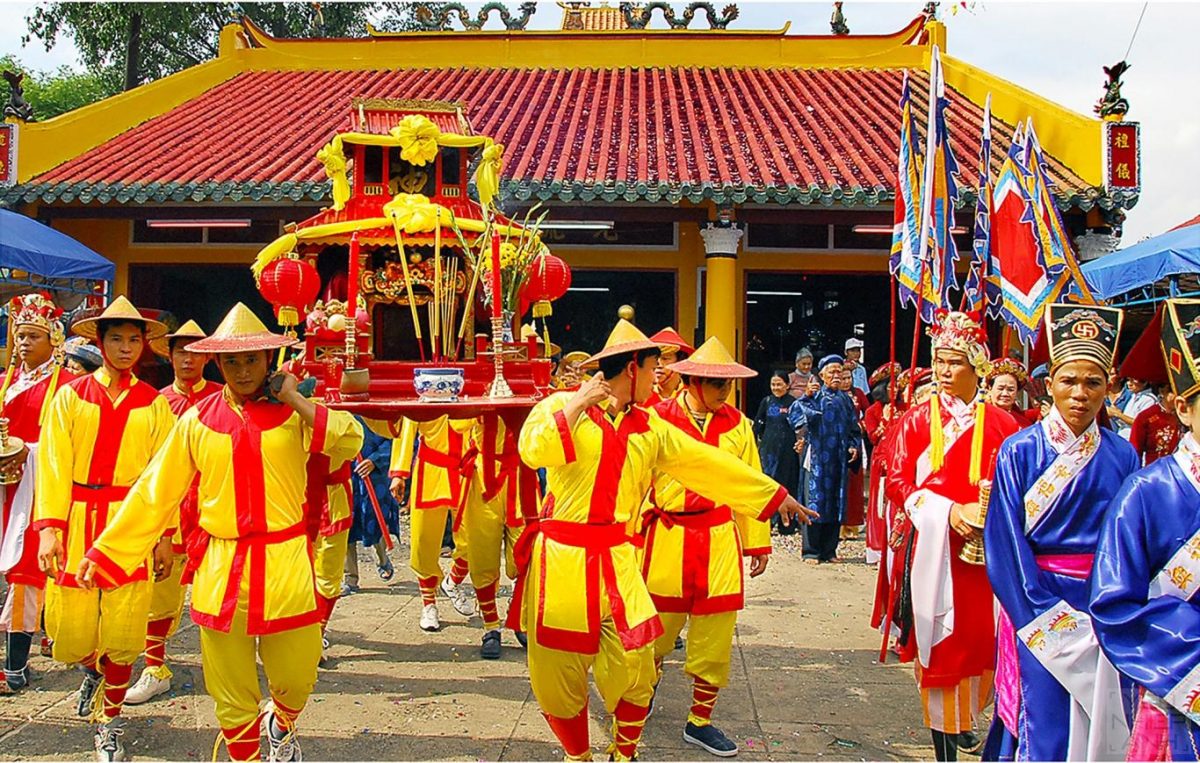
It is more than 500 years ago when Tuy Loan Village was settled by five ancestors of the clans consisting of Đặng, Lâm, Nguyễn, Trần, Lê under the King Le …
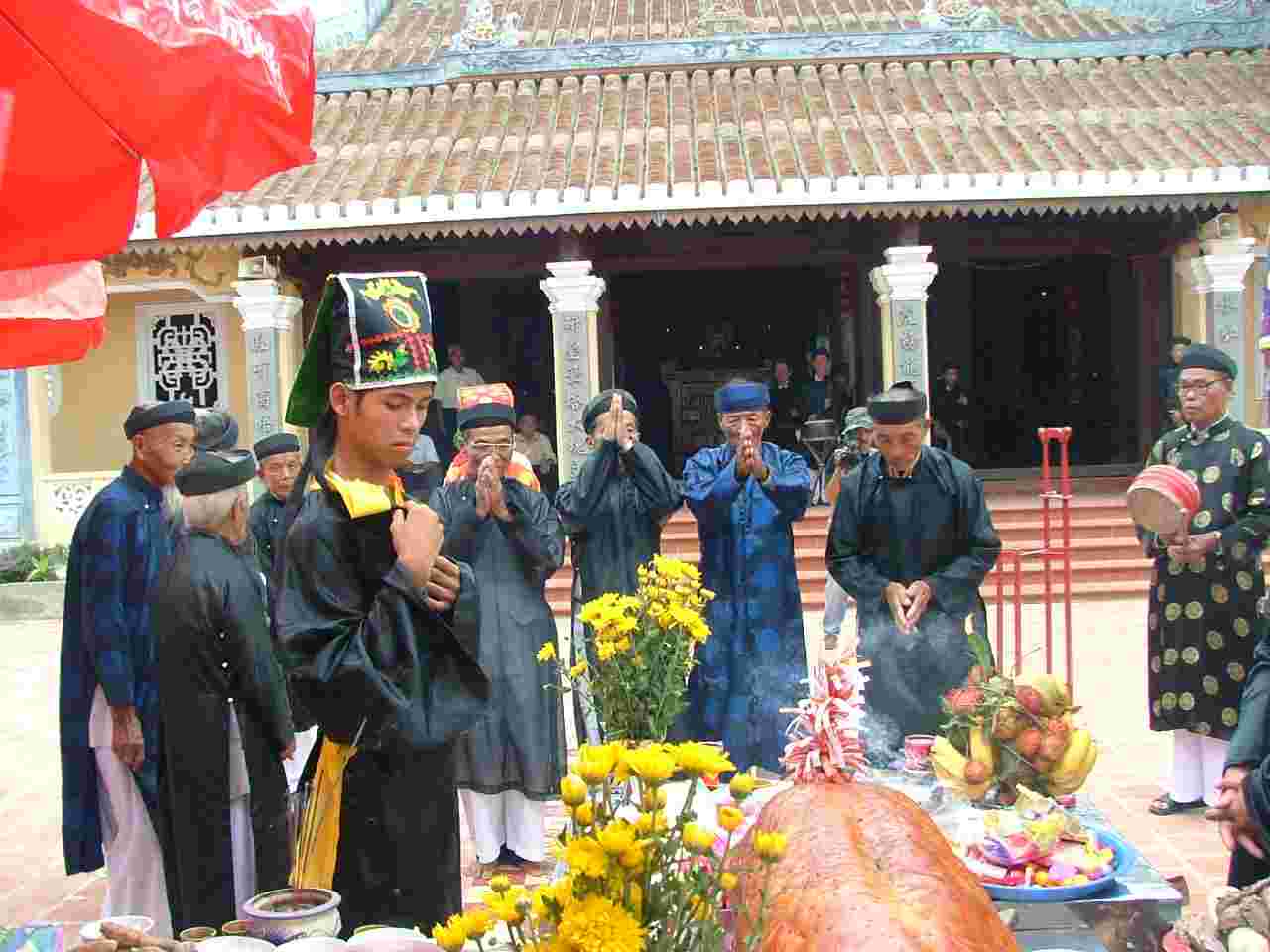
Location: Qua Giang Communal House lies in Qua Giang Hamlet, Hoa Phuoc Ward, Hoa Vang District, Da Nang City. Characteristic: The house is separated into two components: forecourt and sanctum …
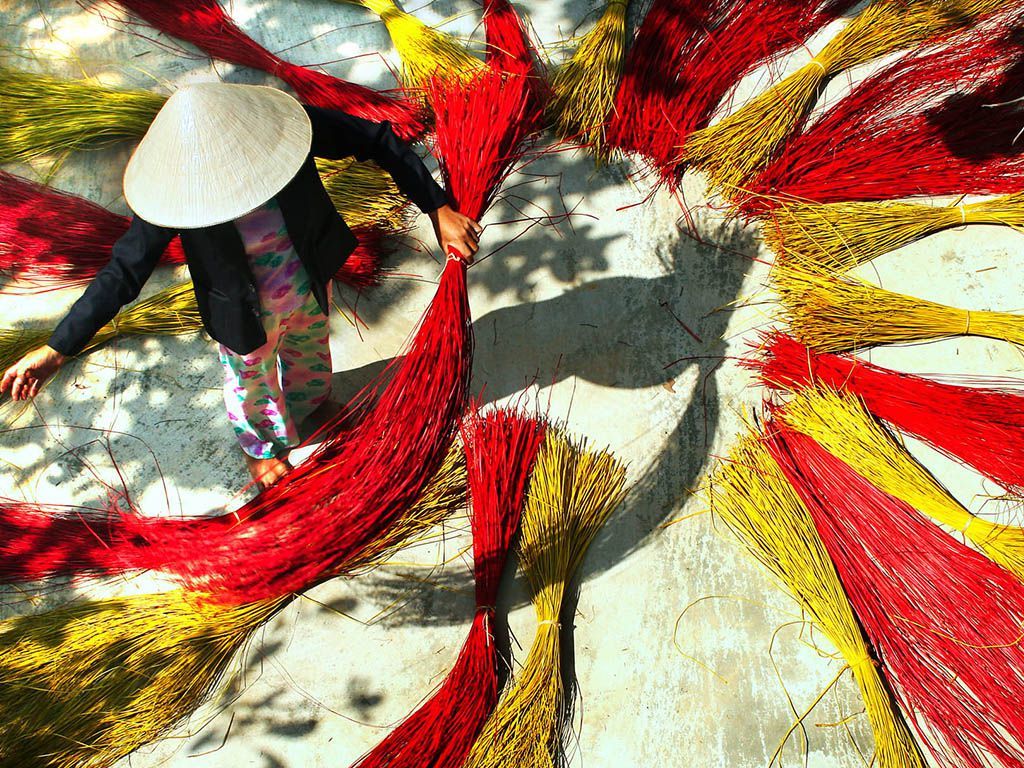
Location: Cam Ne Mat Village situated in Hoa Tien Village, Hoa Vang District, Danang City, 14km from central of Danang City to the Southwest. Characteristic: Ne Mats were utilized in …
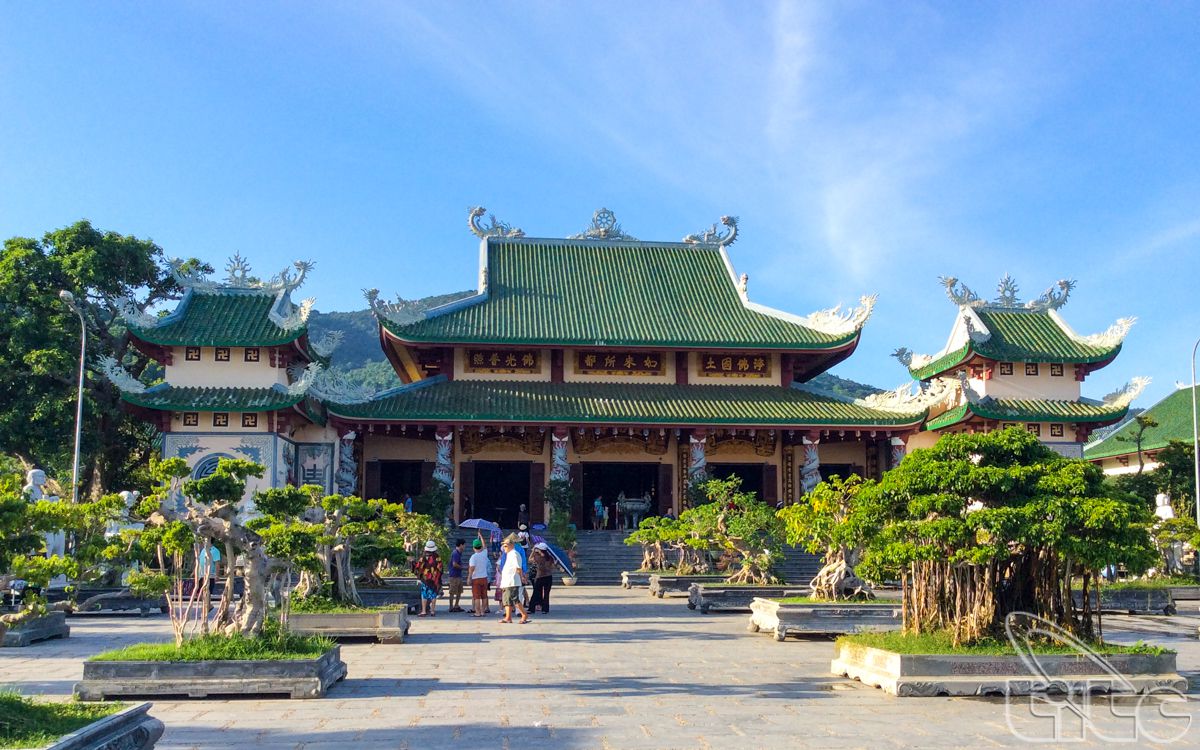
Phap Lam pagoda Phap Lam Pagoda, situated at 574 Ong Ich Khiem street, Danang city Vietam, built in 1936, based on eastern fashion, covers an area of 3,000m2. This pagoda …

